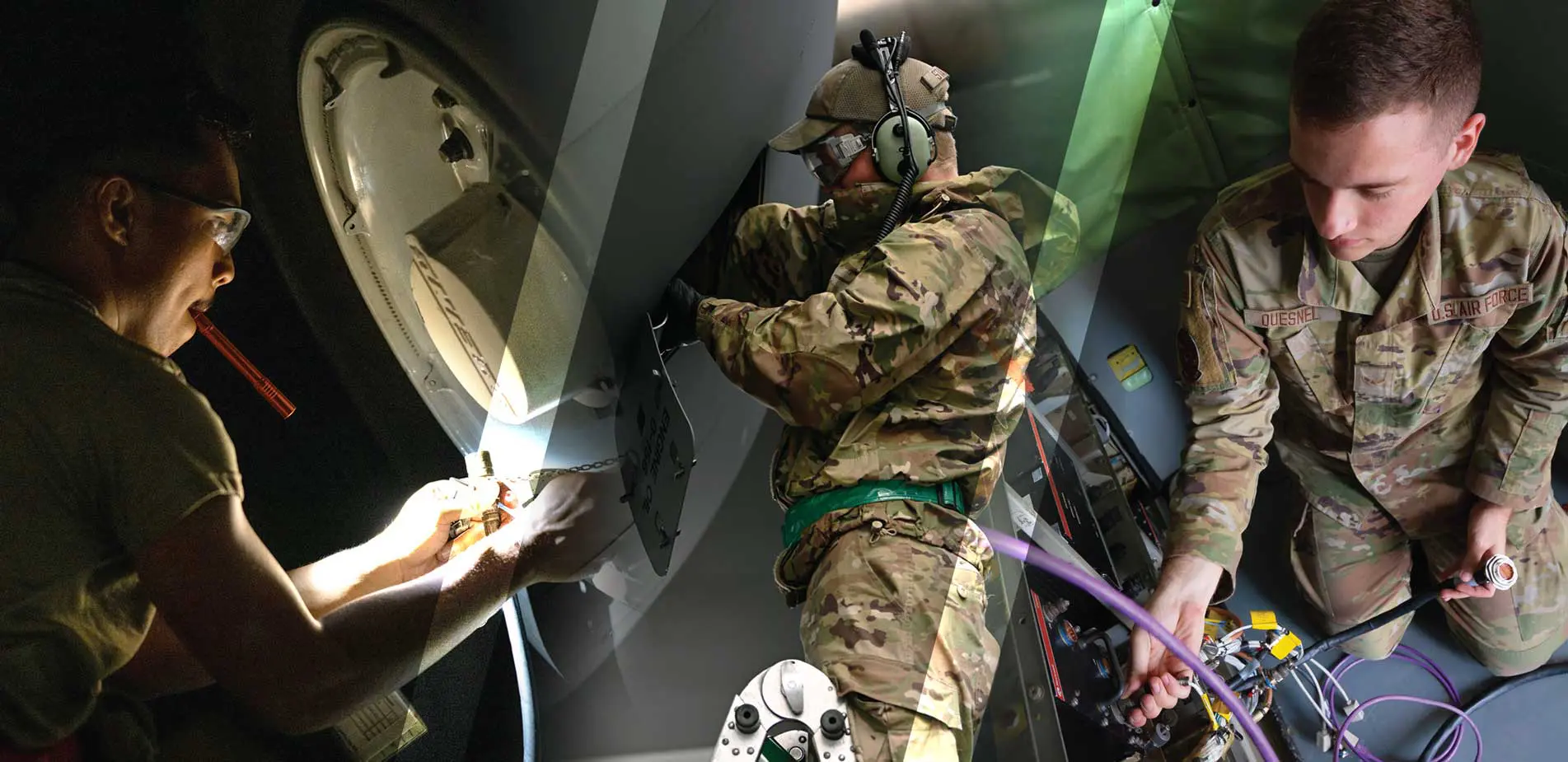The Art of Predicting the Future
By COL JOHN B. KELLEY, DIRECTOR OF SAFETY
Let me start with a question: When was the last time you tried to predict the future? Did you predict something good and then attempt to make it a reality, or did you predict something bad and try to prevent it from coming to pass? What information did you use and how much of your prediction was “gut feeling”? (OK, that was three questions.) For safety professionals, this process is called Proactive Safety: collecting data from the field, identifying hazards, and developing risk mitigations. However, it is a different story when your predictions are written down and on public display.
Gen Mike Minihan recently assigned creative writing homework to wing commanders across the Mobility Air Force. (Apparently, if wing commanders cannot escape homework, there isn’t much hope for the rest of us!) Their task was to think about the risks at their installation and compose a scenario describing the next Class A mishap their base might experience—complete with root causes and risk mitigations. Then, five lucky commanders, one from each Numbered Air Force and the National Guard Bureau, would present their scenarios at the Spring 2024 Phoenix Rally during the Operationalizing Safety Vignette forum.
What emerged from the scenarios and the discussion at Phoenix Rally was as varied as the wings themselves, but there were some shared themes. The three most-cited factors in all the scenarios were fatigue/human performance, inexperience/discipline, and high operations tempo.1 These themes were consistent across safety disciplines, whether they were describing flight, occupational, or weapons scenarios. It was clear wing commanders were concerned with the risks their Airmen were facing and ways to minimize those risks. However, commanders, and AMC Safety, only know what they know through the data and information collected from the field. How would the Safety enterprise know when a new risk or hazard trend was developing?
One of the quickest ways Airmen can bring new hazards to the attention of Safety, their peers, and their leadership is the Airman Safety Action Program (ASAP).2
Even though it is defined in DAFI 91-225, Aviation Safety Programs, ASAP is open to everyone who is part of an Air Force mission, including civilians and contractors. Your friendly neighborhood Safety office is happy to help you file an ASAP if you need assistance. The purpose of the program is to encourage and simplify self-reporting of hazards and error conditions in order to accelerate risk reduction and mitigation strategies. And since the reports protect your identity, you can tell your story of how your 3-level maintainer or aircraft commander “mistook the freeway for the runway” or “swapped the warp core with a flux capacitor,” how you were the hero and saved the day, and everyone had a good laugh during the debrief at Waffle HouseTM or In-N-Out BurgerTM. These near misses can seem like one-of-a-kind events, but when aggregated, hazard trends emerge and Safety offices can develop preemptive mitigation measures. Furthermore, your community benefits from your experience, and commaders learn the challenges faced by the Airmen.
I, like the wing commanders at Rally, wish we possessed a magic crystal ball to foresee future mishaps and be able to intercede beforehand. Unfortunately, as our great baseball prophet Yogi Berra famously said, “It’s tough to make predictions, especially about the future.” Our best prediction assets are smart, safety-minded Airmen with a well-honed understanding of risk who use tools like ASAP to keep the mission going safely. Fortune tellers aren’t the magic; Airmen are the magic. Let’s Go!
- Our very own Flight Safety Chief, Lt Col Jason Knab, wrote an excellent piece on fatigue and human performance in the Summer 2024 edition of The Mobility Forum – check it out at https://themobilityforum.net/wp-content/uploads/2024/05/TMF_Summer2024_051524-508.pdf. ↩︎
- Also known as the Aviation Safety Action Program, ASAP is transitioning to the SAFEREP program soon. It is currently accessible to all Airmen via https://asap.safety.af.mil (no CAC required). ↩︎


